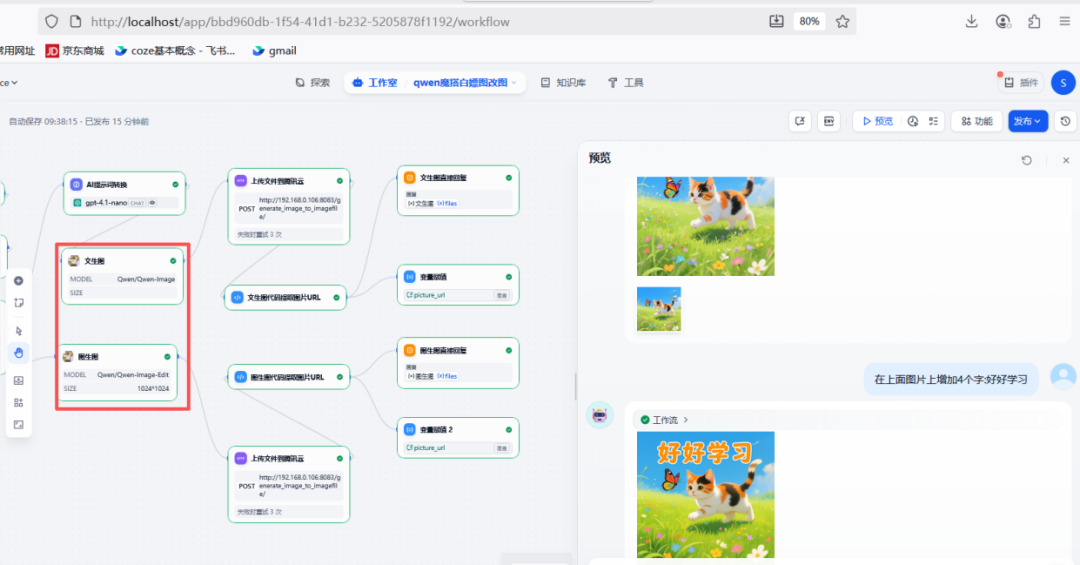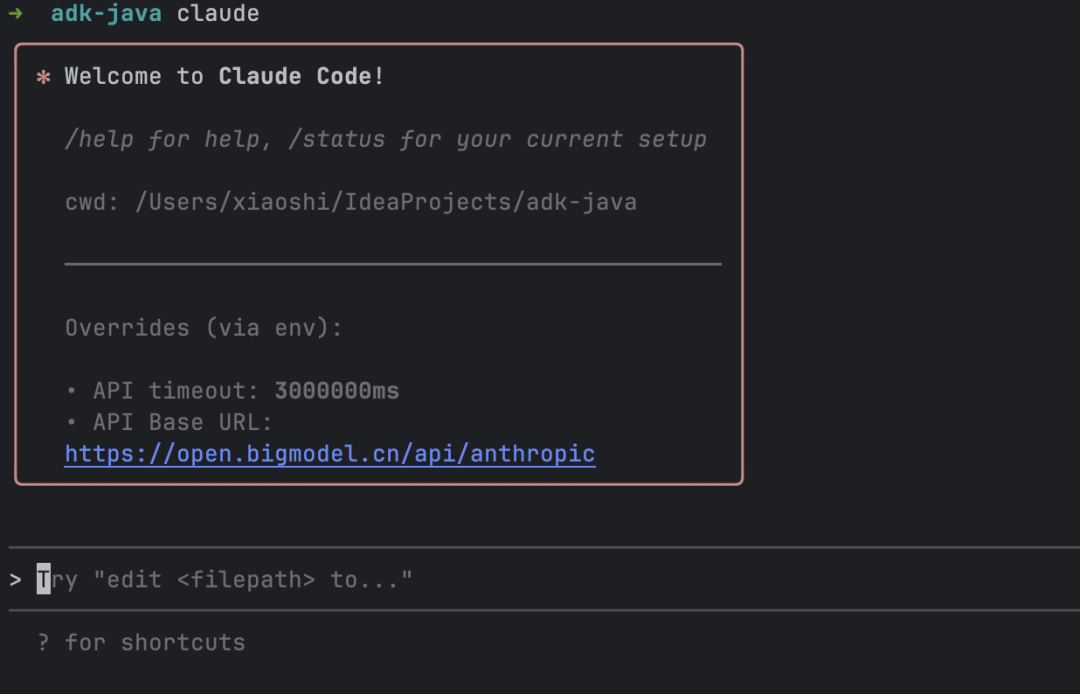Extending AI Capabilities: A Complete Guide to Creating to Deploying Dify Customization Tools
Large language models are powerful in their own right, but their power is really unleashed when connected to real-world data and services. Whether it's querying the latest logistics information, accessing a company's internal knowledge base, or invoking a specific data analytics interface, this connectivity capability is key to building practical AI applications. And that's exactly what Dify The value of the "Custom Tools" feature in the platform - it provides a clear path for developers to incorporate any of the external API Seamless integration that empowers AI to solve domain-specific problems.
Next, we'll break down step-by-step how the Dify Create and go live with a customized tool in
Step 1: Define the Blueprint - Write the API Interface Description
so that Dify Understanding your tool starts with providing an "instruction manual", i.e. API Interface Description. This description file tells the platform: what your tool can do, how to call it, and what parameters are required.
Currently.Dify Supports two of the industry's leading API Describe the specification:
- OpenAPI (Swagger). A widely adopted
APIDescribing the language that is the modernRESTful APIThe factual standards of the - ChatGPT Plugin. comply with
OpenAIspecification for its plugin ecosystem.
You can directly set the JSON maybe YAML format description content to paste into the input box, or you can provide a URL Address.Dify will be fetched and parsed automatically.

Step 2: Import and Validation
After importing the description file, theDify will automatically parse its contents, recognizing all the tools contained in the API Endpoints. The platform clearly lists the paths for each interface (e.g. /weather), request methodology (GET / POST) and the required input parameters (such as city).
This is a key part of validation. You can test a recognized tool directly on the interface, enter parameters and see the returned results to ensure it works before integrating it into an AI application.

Step 3: Configuring Access Control - Setting the Authentication Method
After defining the tool, you need to decide who can use it. This is accomplished by configuring Authentication, which is like setting up your API The service is gated.
Dify Two main types of authentication are provided:
- No Auth. Publicly accessible, anyone or application can call the tool directly without any credentials. Ideal for public, free services.
- API Key Authentication. The caller must provide a pre-defined key in the request (
API Key). This is to protect private or paidAPIstandard practice to ensure that only authorized users have access.
For example, a weather checker will work for everyone if you select "No Authentication" and for everyone if you select "No Authentication".API Key", the user would have to obtain the key before they could check the weather.

Step 4: Go Live as a Service - Getting Tools Running in the Cloud
exist Dify By completing the above configuration, the platform has only completed the "registration" of the tool. For the AI to be able to actually call it, the tool behind the API The service must be deployed on the Internet, have a publicly accessible URLThe
You have two mainstream options for how to deploy it, each geared toward users with different technical backgrounds.
Option 1: Fast Track to Zero Servers - dify-tools-worker
For developers who don't want to manage servers or are unfamiliar with back-end development, theDify Officially, there is a program called dify-tools-worker The open source project.

It is based on Cloudflare Workers platform, a powerful serverless (serverless) computing environment that lets you run code without having to buy and configure a server.
Advantages of using this program:
- Automatically generates a file that conforms to the
OpenAPISpecification of interface documentation. - Rapid deployment at very low cost (
Cloudflare Workers(Providing free credits). - You'll get an online service address and a document address, such as
https://difytoolsworker.yourname.workers.dev/docThe latter can be used directly in theDifyThe tool is imported in the
This program is perfect for quickly validating ideas and going live.
Option 2: Specialized Pathways with Full Control - FastAPI
If you are Python Developers or those who wish to have full control over the service use the FastAPI The framework builds and deploys itself as a more professional option.

FastAPI is a modern, high-performance Python Web framework, one of its biggest highlights is theAutomatic generation of interactive API documentationThe
It has a simple workflow:
- expense or outlay
PythonWrite yourAPILogic. FastAPIwill be created automatically when you run the serviceOpenAPICompatible Documents.
A simple FastAPI example:
from fastapi import FastAPI
app = FastAPI()
@app.get("/hello")
def say_hello(name: str):
return {"message": f"Hello, {name}!"}
After starting this service, you can access its automatically generated documentation at the following address:
http://localhost:8000/docs:Swagger UIInteractive documentation in a format that can be tested directly.http://localhost:8000/openapi.json: OriginalOpenAPIJSONDescribe the file.
All you have to do is put this FastAPI The application is deployed to any cloud server or PaaS platform, and then the online generated /openapi.json address provided to DifyThe importing of tools can be accomplished in no time at all. This solution provides you with maximum flexibility and scalability.






































